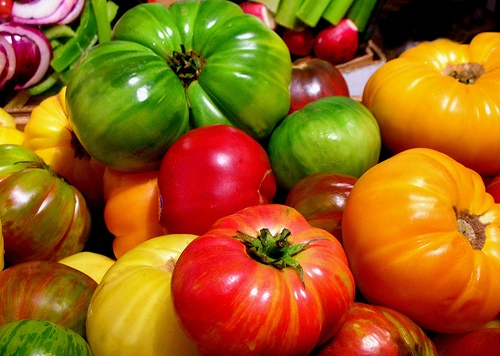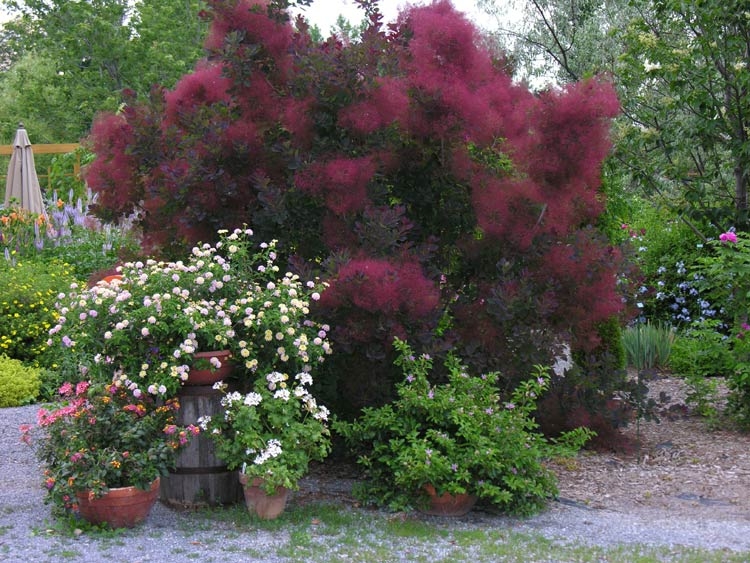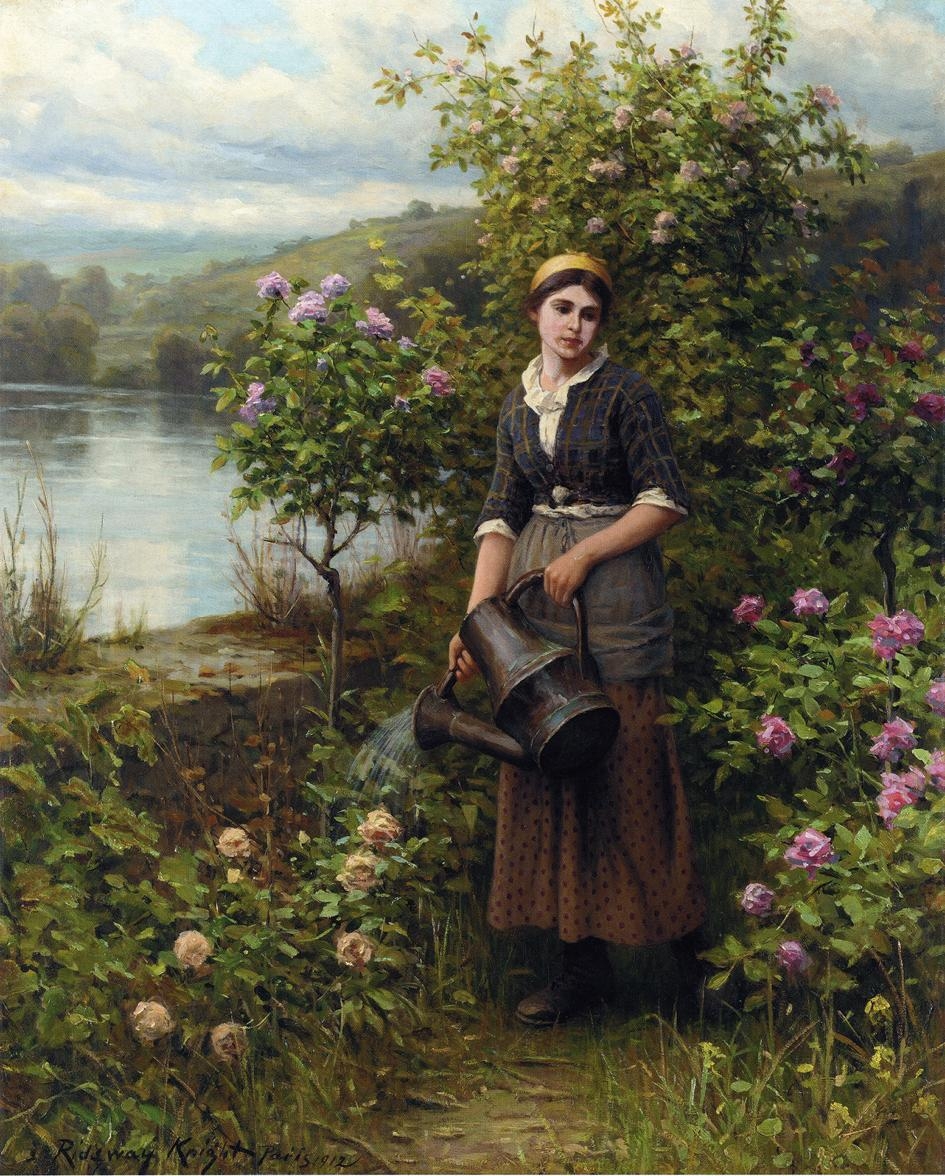‘Tis the season. No, not that season but the time to propagate and increase the number or your plants. Maybe you want to save seed from your heirloom vegetables or start more shrubs inexpensively. How about getting more fruit trees or even trying your hand at starting your own Christmas tree?
Let’s start with saving seed. When your vegetables start to produce this summer, you may want to save some of the seed of plants that produced the best-tasting, earliest ripening fruits. These will be strains that are particularly adapted to our climate.
You can only save seed from open-pollinated varieties– those vegetables that are bee or wind pollinated. All  . You cannot save seed from F1 hybrids as their unique traits, such as specific disease resistance and early maturity, are uniform only in the first generation of seed. Seed saved from hybrids they will not come true when replanted.
. You cannot save seed from F1 hybrids as their unique traits, such as specific disease resistance and early maturity, are uniform only in the first generation of seed. Seed saved from hybrids they will not come true when replanted.
Hybrids have their place in the garden especially if you have a very short or cool season, not many hours of sunlight as you’d like or a serious nematode problem.
If you enjoy saving seed, it’s fun to identify your best plants to save and use every season. Become a backyard breeder and develop your own unique cultivars for your garden.
Propagating fruit trees involves more than saving seed because 99% of all seedling trees bear fruit inferior to that produced by the parent. It may be the same species but it is unlike that of the parent in flavor, color and date of ripening. To obtain a true-to-type fruit tree that is a clone of the parent tree, it is necessary to graft or bud on a desired rootstock. The graft wood, called a scion, should be collected in January so you have lots of time to ask the neighbor for a small, pencil-thin branch of their peach tree to add to yours or to get a branch grafted onto your tree that would pollinate your cherry, apple or whatever you might need. You can even graft different trees together if they are compatible such as an apricot on plum rootstock or almond on peach.
Mid-July to early September is the best time to propagate broadleaf evergreen shrubs. The growth flush is complete, the wood is firm and the leaves have matured. Using cuttings 3-6" long and rooting hormone they will root in 4-6 weeks. Ceanothus, manzanita and camellia are just a few of the shrubs that can be rooted this way.
And what about those visions of starting your own Christmas tree? It’s difficult to start a tree from a cuttings unless it’s a very fresh cut tree and the cutting is taken from currents seasons growth near the base of the plant. Most evergreen trees used for cut Christmas trees start their lives from seeds. These seedlings grow 1-2 ft in a year or two. After transplanting, they become 6 footers in 5-8 years. So if you are patient you can grow your own from one of those started seedlings. Doug fir, Scotch pine and Noble fir are popular varieties.
There are so many types of plants and methods to increase your collection. Perennials, houseplants, berries and grapes all lend themselves to propagation. I f you have a favorite plant or just want to increase your plants inexpensively there’s a way to do it.

 tolerance for the toxins in the leaves. Organic or even chemical sprays have little effect anymore according to a study funded by the Rhododendron Society of America and end up killing hundreds more predatory beetles and other beneficial insects in the process.
tolerance for the toxins in the leaves. Organic or even chemical sprays have little effect anymore according to a study funded by the Rhododendron Society of America and end up killing hundreds more predatory beetles and other beneficial insects in the process. 

 k by cutting back hard each spring after the first leaves break out. They will send up new growth year after year. If left unpruned, wispy, smoky flower clusters appear in spring. Even the youngest specimens turn a striking burnished orange-red in fall. They grow in full sun or partial shade.
k by cutting back hard each spring after the first leaves break out. They will send up new growth year after year. If left unpruned, wispy, smoky flower clusters appear in spring. Even the youngest specimens turn a striking burnished orange-red in fall. They grow in full sun or partial shade.  best time to water? Is it true that water droplets will scorch leaves in the sun? According to a study published in New Phytologist, a journal of research in plant science, there is a slight risk of leaf burn on fuzzy leaved plants like ferns. The hairs can hold the water droplets above the leaf surface and act as a magnifying glass to the light beaming through them. The study also reported that water droplets on smooth leaves, such as maples, cannot cause leaf burn, regardless of the time of day.
best time to water? Is it true that water droplets will scorch leaves in the sun? According to a study published in New Phytologist, a journal of research in plant science, there is a slight risk of leaf burn on fuzzy leaved plants like ferns. The hairs can hold the water droplets above the leaf surface and act as a magnifying glass to the light beaming through them. The study also reported that water droplets on smooth leaves, such as maples, cannot cause leaf burn, regardless of the time of day.